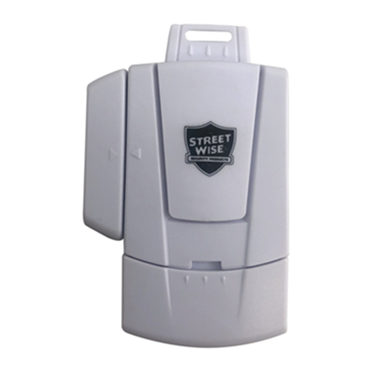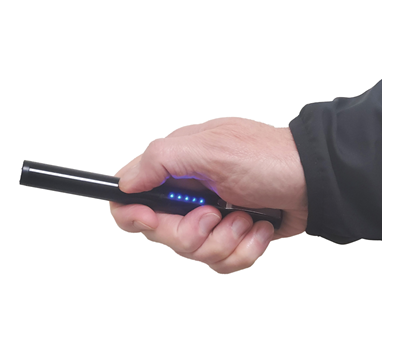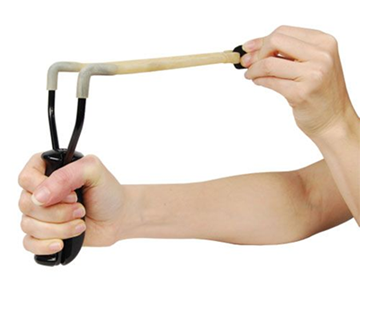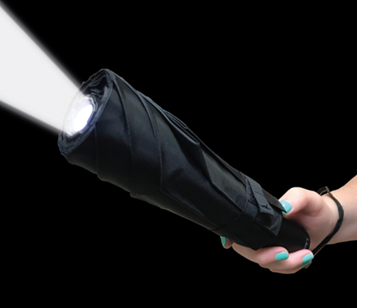How Safe are TASER Devices?
 Taser devices are electrical weapons that are used by law enforcement agencies, security personnel, military personnel, and civilians to control and subdue individuals who are acting in a threatening or combative manner. The use of tasers has been a controversial issue for many years, with some people arguing that they are a safe and effective tool for controlling dangerous individuals, while others argue that they are dangerous weapons that can cause serious harm or even death. In this blog post, we will examine the safety of tasers and the factors that influence their use.
Taser devices are electrical weapons that are used by law enforcement agencies, security personnel, military personnel, and civilians to control and subdue individuals who are acting in a threatening or combative manner. The use of tasers has been a controversial issue for many years, with some people arguing that they are a safe and effective tool for controlling dangerous individuals, while others argue that they are dangerous weapons that can cause serious harm or even death. In this blog post, we will examine the safety of tasers and the factors that influence their use.
The safety of tasers depends on several factors, including the type of taser being used, the circumstances of its use, and the physical and mental state of the individual being subjected to the taser. Tasers come in two main forms: conducted electrical weapons (CEWs) and electronic control devices (ECDs). CEWs, also known as stun guns, use a direct current to cause muscle contractions and pain, while ECDs use a high-voltage, low-current electrical shock to disrupt the body's neurological signals and cause temporary incapacitation.
In general, tasers are considered safe for use against individuals who are not experiencing any medical conditions that may increase their risk of injury. However, tasers can cause serious harm or death in some individuals, particularly those who have heart problems, mental health conditions, or are under the influence of drugs or alcohol. The use of tasers has also been linked to a number of deaths, although the exact number of deaths caused by tasers is difficult to determine due to the difficulty in attributing a cause of death to a single factor.
The circumstances in which a taser is used can also impact its safety. Tasers are typically used in high-stress, rapidly evolving situations, where the individual being tased may be resistant or combative. In these situations, the use of a taser may be necessary to control the individual and prevent further harm to others or to the individual themselves. However, the use of tasers in situations where the individual is not actively threatening others or themselves can be seen as an excessive use of force and may result in negative public perception and legal consequences.
The physical and mental state of the individual being tased can also impact the safety of the taser. Individuals who are under the influence of drugs or alcohol, or who have underlying health conditions, may be at increased risk of injury or death from the use of a taser. In addition, individuals who are in a state of heightened emotion or mental distress may be more likely to respond to the taser in a manner that increases their risk of harm.
According to Axon, with over 900 reports, studies, and resource materials, and more than 5 million field deployments spanning nearly 30 years, tasers have proven to be the safest and most effective less-lethal tool for officers. Tasers have saved 278,835 lives from death or serious injury, have been used over 5 million times by officers globally, and have resulted in no serious injury in 99.75% of 1,201 field cases.
To conclude, the safety of tasers as a tool for controlling individuals depends on several factors, including the type of taser being used, the circumstances of its use, and the physical and mental state of the individual being subjected to the taser. While tasers are generally considered safe for use against individuals who are not experiencing any medical conditions that may increase their risk of injury, they can cause serious harm or death in some cases. As with any use of force, the use of tasers should be carefully considered and used in accordance with established guidelines and protocols.



























